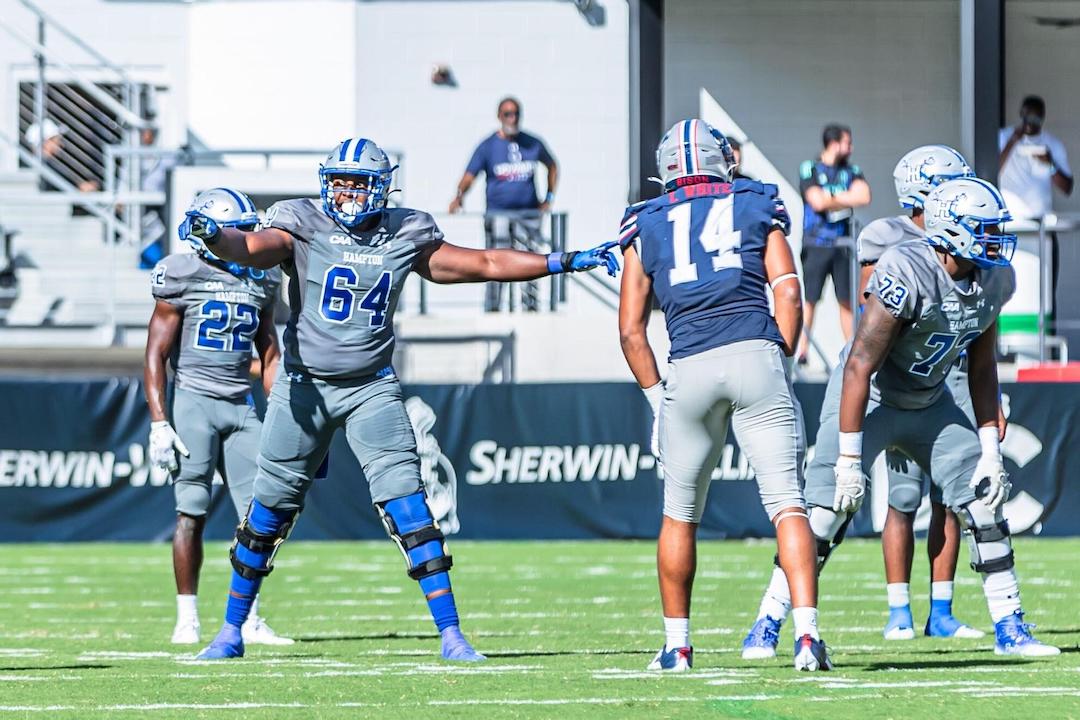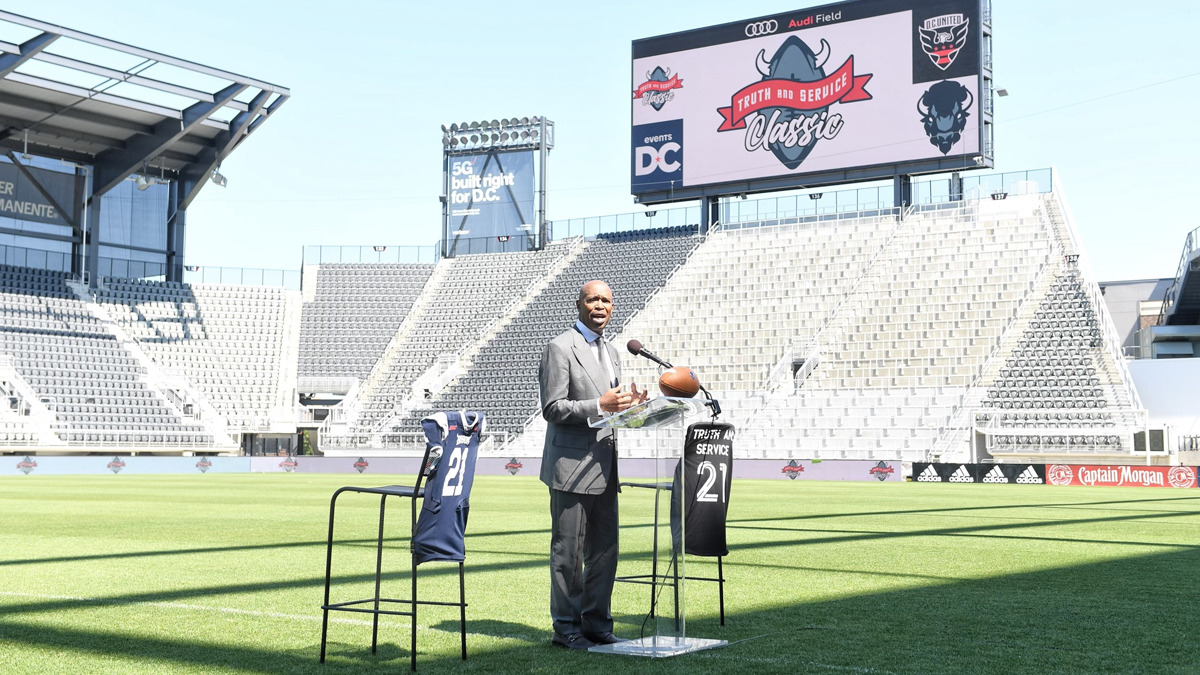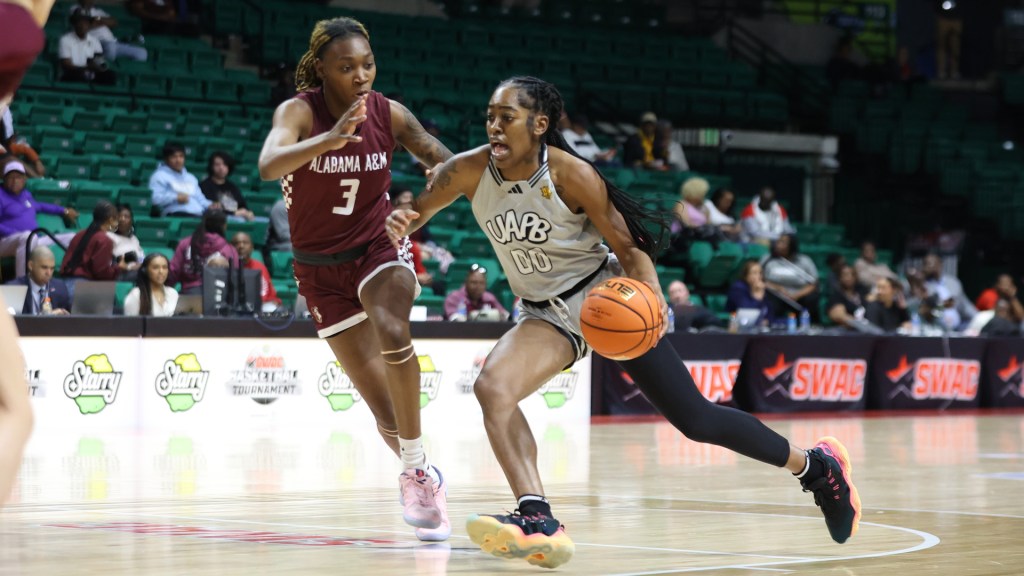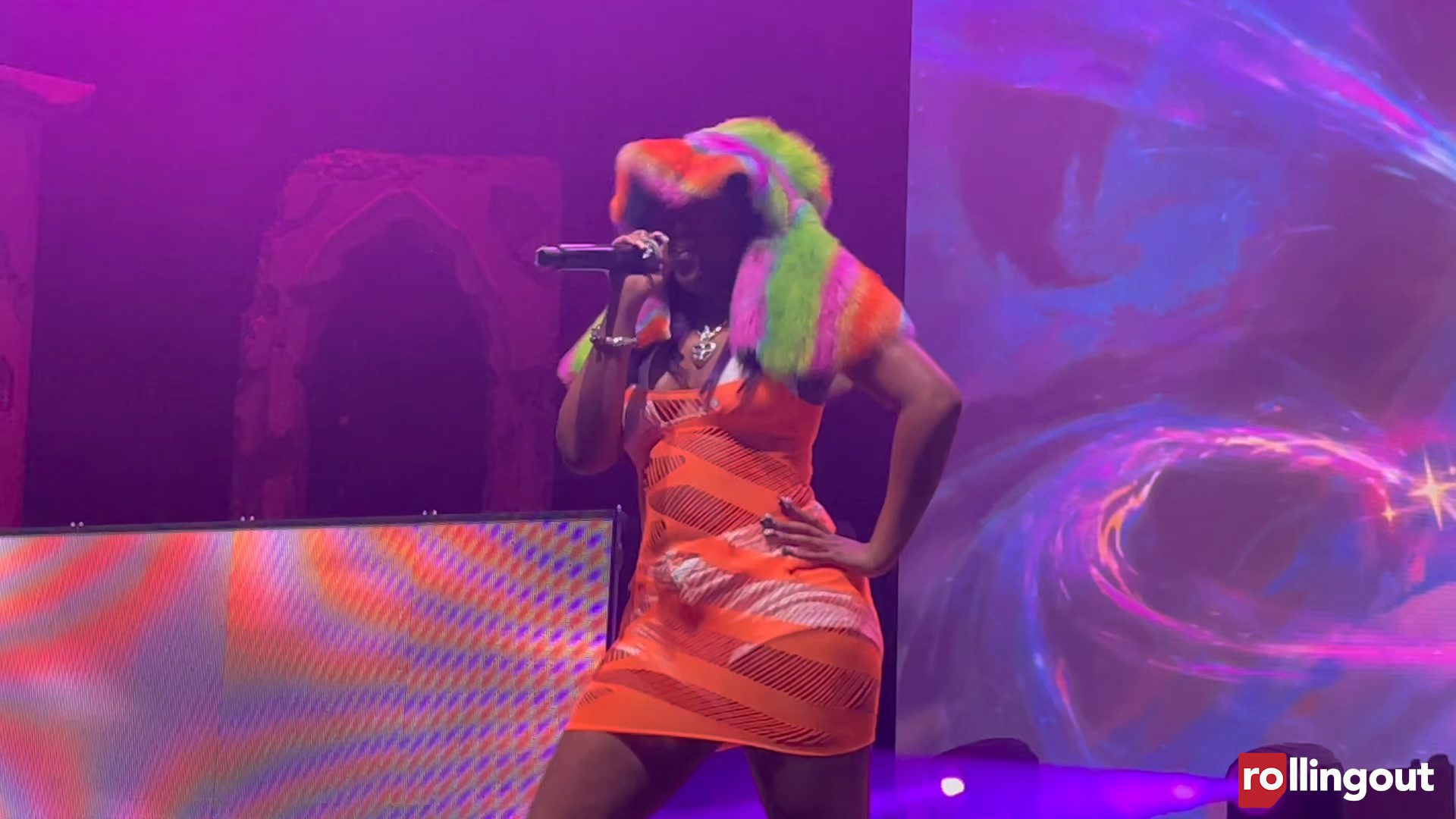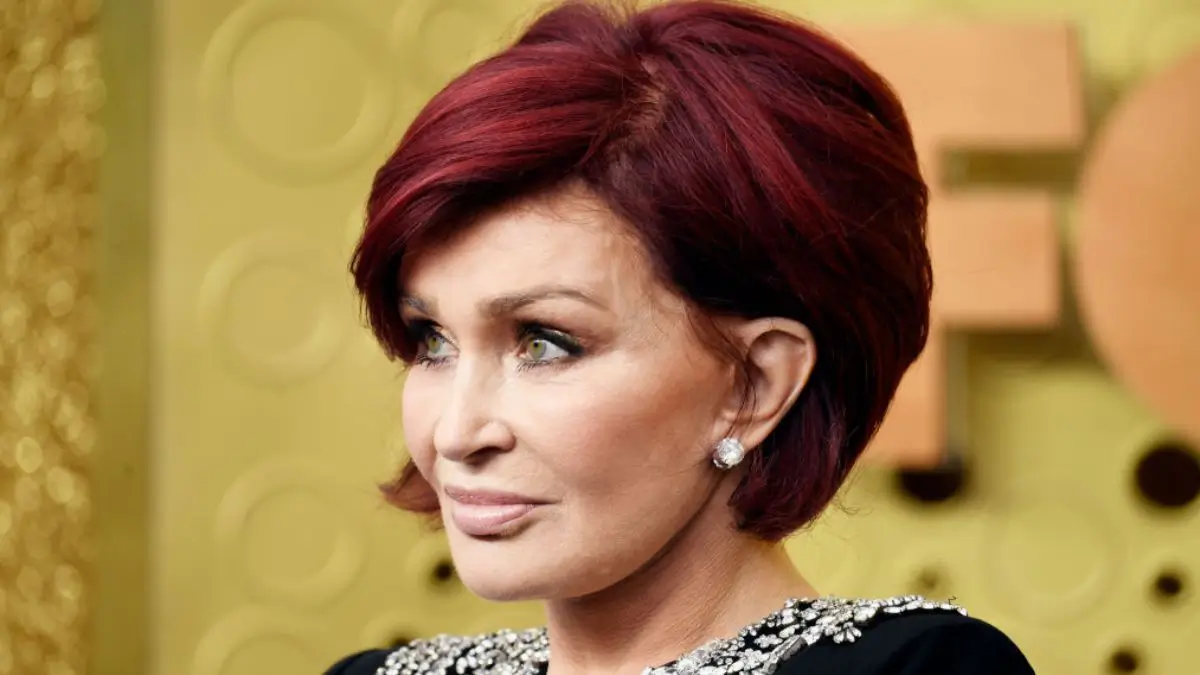The current approval of the $2.8 billion Home v. NCAA settlement marks a transformative shift in school athletics, permitting Division I colleges to compensate student-athletes straight. Whereas this growth guarantees elevated fairness, it additionally presents distinctive challenges for HBCU athletics, which have traditionally operated with restricted assets.
What the NCAA Settlement Means
Underneath the settlement, colleges can allocate as much as $20.5 million yearly for athlete compensation, with the cap set to extend over time. Moreover, the settlement contains $2.7 billion in again pay for athletes who competed between 2016 and 2024. This new mannequin successfully dismantles the NCAA’s long-standing framework of amateurism, ushering in a brand new period of income sharing in collegiate sports activities.
A number of HBCUs, together with Morgan State College, North Carolina A&T, Hampton College, and the College of Maryland Japanese Shore, have opted into the settlement. By doing so, these establishments can provide direct monetary advantages to student-athletes and acquire immunity from future lawsuits associated to call, picture, and likeness (NIL) restrictions. Nonetheless, participation additionally entails monetary obligations; as an example, Morgan State is anticipated to contribute roughly $231,000 to the settlement fund.
SWAC Commissioner: HBCUs Should Put together for Monetary Shifts
Southwestern Athletic Convention (SWAC) Commissioner Charles McClelland addressed the implications of the NCAA Home settlement throughout a public look final December. He emphasised the monetary urgency it creates for HBCU athletic applications.
“It’s now allowable for establishments to straight give NIL cash to their student-athletes,” McClelland stated. “Which means there’s going to be an inflow of athletes which are in search of NIL funds. You’re going to must have some identify, picture and likeness cash put aside to compete.”
McClelland confirmed that the monetary stakes are important. The SWAC’s complete contribution to the Home settlement is $30 million. Each faculty within the convention will really feel the impression.
“There’s going to be some difficult occasions from a monetary standpoint,” he stated.
To help member establishments, the SWAC is creating instruments to assist HBCUs navigate this new period. Amongst them is a best-practices doc that will likely be distributed to college presidents and chancellors. This information will assist colleges construct sustainable NIL methods and preserve compliance.
“We’re in a great place from a income standpoint; we’re going to be simply high-quality, however it would take some further effort,” McClelland stated. “We’ll want NIL {dollars} on the within, and we’ll work with you to assist develop that.”
Because the NIL panorama evolves, McClelland reaffirmed the convention’s dedication to making sure that HBCUs stay aggressive. “We’re going to proceed to remain on high,” he stated.
HBCUs Face Distinctive Monetary Challenges
Opting in additionally requires adherence to new roster and scholarship laws. Morgan State, for instance, plans to scale back its soccer roster from 130 to 105 gamers and regulate different sports activities applications to keep up Title IX compliance.
For HBCUs that select to decide out, the trail ahead stays unsure. Whereas they keep away from fast monetary contributions, additionally they forgo the chance to straight compensate athletes, which can impression recruitment and competitiveness within the evolving panorama of school sports activities.
Wanting forward, the settlement presents each alternatives and challenges for HBCU establishments. On one hand, the power to supply direct compensation may improve recruitment and retention of expertise. Then again, restricted monetary assets could hinder the implementation of those new fashions, probably widening the hole between HBCUs and wealthier establishments.
Because the collegiate athletic panorama continues to evolve, HBCUs should navigate these modifications fastidiously, putting a steadiness between the promise of elevated fairness and the realities of economic constraints. Strategic planning and funding will likely be essential to make sure that HBCUs can thrive on this new period of school sports activities.

